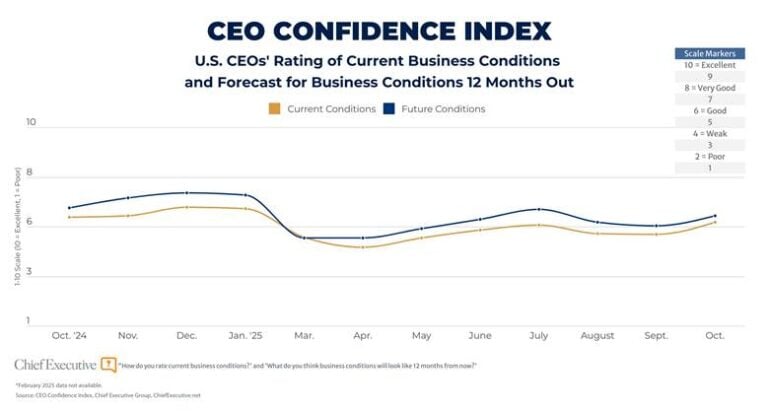
Here are three of the expanding subsectors, according to a new report by IBISWorld, a market-research firm:
Chemical manufacturing accounts for about 16% of total manufacturing value-added to the U.S. economy, and it is burgeoning. The main growth engine is output of refined petrochemicals resulting from the American boom in hydraulic oil and gas fracturing. Another main growth engine is organic chemical making, which provides raw materials for manufacturers in China and other low-cost countries. Also, rising production of vitamins, supplements and generic pharmaceuticals has boosted this sector.
Machinery manufacturing. Capital equipment has been another bright spot, including heavy equipment for agriculture, oil and gas production and construction. Exports have been a big boon to this sector, such as the bulldozers and other big pieces sent abroad by Caterpillar. The revival of domestic construction activity after the Great Recession also has boosted activity and employment in machinery manufacturing.
Fabricated metal product manufacturing. Companies forging, stamping, forming and machining metal products have seen growth as the U.S. economy picks up steam and as they have increased exports, whose share of revenue in the subsector has climbed to an expected 11% this year from under 7% in 2005. Valve manufacturing oil and gas exploration and petrochemical production has been the fastest-gaining subsector in this category.
On the flip side, here are three manufacturing sectors IBISWorld says are in the midst of contraction:
Apparel. The U.S. has lost about 90 percent of its clothes-manufacturing jobs over the last 20 years to China and other lower-wage Asian markets, because it is a labor-intensive business. However, there is some “reshoring” going on as wage differentials decrease between the U.S. and abroad and as “fast-fashion” retailers look to shorten their supply lines so they can keep up with quickly changing trends in American fashion.
Printing and related support activities. It’s no secret that the digitization of information has delivered a huge hit to the printing of books, magazines, newspaper and business forms. A further decline is expected as this mega-trend continues, exacerbated by the increasing price of paper and a consistent decline in print advertising.
Furniture and related products. There are a few American furniture manufacturers around, but import penetration and the housing crash undermined this sector over the last few years. Since 2005, imports’ share of domestic demand for furniture has risen from less than one-quarter to about one-third, while employment fell by about 40%. A recovering housing market should staunch some of the sector’s erosion over the next few years.




0

1:00 - 5:00 pm
Over 70% of Executives Surveyed Agree: Many Strategic Planning Efforts Lack Systematic Approach Tips for Enhancing Your Strategic Planning Process
Executives expressed frustration with their current strategic planning process. Issues include:
Steve Rutan and Denise Harrison have put together an afternoon workshop that will provide the tools you need to address these concerns. They have worked with hundreds of executives to develop a systematic approach that will enable your team to make better decisions during strategic planning. Steve and Denise will walk you through exercises for prioritizing your lists and steps that will reset and reinvigorate your process. This will be a hands-on workshop that will enable you to think about your business as you use the tools that are being presented. If you are ready for a Strategic Planning tune-up, select this workshop in your registration form. The additional fee of $695 will be added to your total.

2:00 - 5:00 pm
Female leaders face the same issues all leaders do, but they often face additional challenges too. In this peer session, we will facilitate a discussion of best practices and how to overcome common barriers to help women leaders be more effective within and outside their organizations.
Limited space available.

10:30 - 5:00 pm
General’s Retreat at Hermitage Golf Course
Sponsored by UBS
General’s Retreat, built in 1986 with architect Gary Roger Baird, has been voted the “Best Golf Course in Nashville” and is a “must play” when visiting the Nashville, Tennessee area. With the beautiful setting along the Cumberland River, golfers of all capabilities will thoroughly enjoy the golf, scenery and hospitality.
The golf outing fee includes transportation to and from the hotel, greens/cart fees, use of practice facilities, and boxed lunch. The bus will leave the hotel at 10:30 am for a noon shotgun start and return to the hotel after the cocktail reception following the completion of the round.